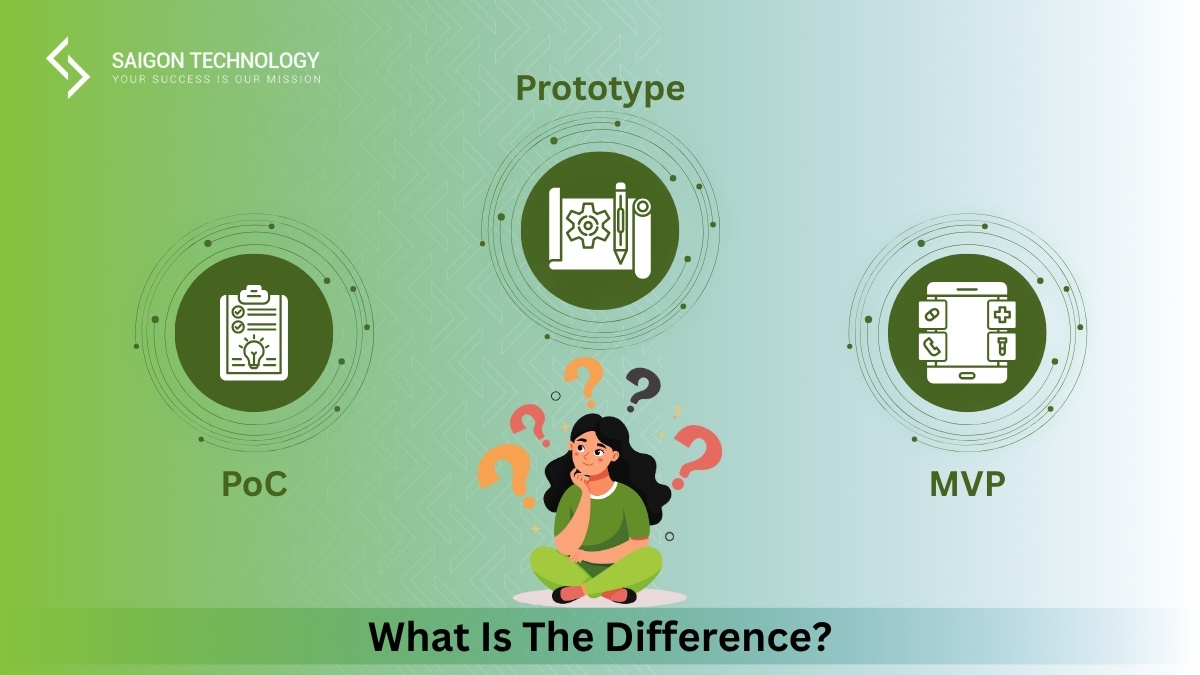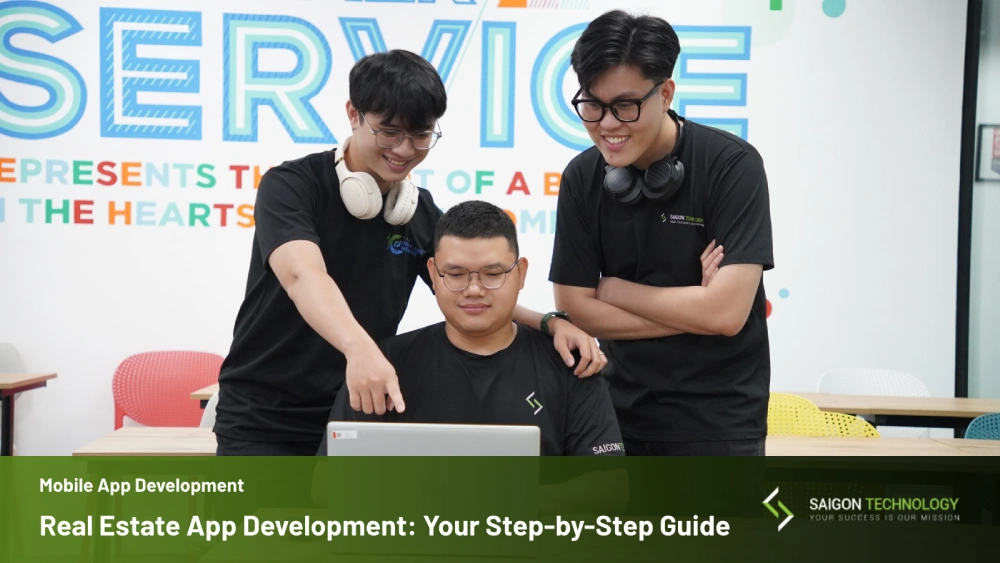ASP.NET Core MVC is a powerful technology platform for developing web applications. As with any development framework, it’s important to understand the various state management techniques available when creating your application.
At Saigon Technology, we have ten years of experience as a .NET core development company. In this article, we’ll discuss the six most common state management techniques that are available when working with ASP.NET Core MVC:
1. View State: This technique is used to store data as hidden values in the page markup generated by a web form. It stores all changes made to controls on the page, their values, and hidden fields in the page markup. The technique is typically used for smaller amounts of data as the size of View State is directly related to the amount of information stored.
2. Control State: This technique is similar to View State, but it is used to store control-level state information instead of view-level state information. It stores data related to individual controls as hidden fields in the page markup.
Control state is similar to View State as it stores user-entered data as a hidden field. However, it does not require view state to be enabled and, as such, can be used when View State has been disabled. Besides, it is generally used for smaller amounts of data as well.
3. Query Strings: These are strings of text that are appended to a URL as parameters. They can be used to store data and pass it between pages. Query strings are part of the URL that can be used to pass information from one page to another. This technique is limited as it is not as secure as other options, as the information passed in Query Strings can often be viewed directly in the address bar and, as such, should only be used for smaller amounts of data.
4. Cookies: These are small text files stored on the user’s computer, usually as part of their browser session. They can be used to store data as well as track user activity. Cookies are small pieces of data stored as part of the user’s browser session. This technique is often used for bigger amounts of data as cookies can store up to 4kB of information. However, this data will be sent with every request made by the client; hence it should not be used for sensitive information.
5. Sessions: This technique stores data as part of the user’s session, allowing it to be accessed from any page during the same browser session. It is the most reliable way to store data as part of a user’s activity as it does not rely on other methods such as cookies or query strings. Session state can be used for both small and large amounts of data as the size of Session State is only limited by the amount of memory available on the server.
6. Application-level State: This technique stores data as part of the application’s state, allowing it to be accessed from any page in the application. It is a useful way to store global information as part of an ASP.NET Core MVC application. Application State is similar to Session State as it is a server-side storage mechanism.
However, Application State can be used by multiple users as the information stored in Application State is available to all users. This technique should only be used for smaller amounts of data, as the amount of data stored in the Application state will affect the application’s performance.
Types of State Management in ASP.NET Core MVC
There are two major types of state management in ASP.NET:
1. Server-side State Management
Server-side state management is the process of storing user preferences and other information on the server. This type of state management is best used when a large amount of data needs to be stored, as it allows for quick access and retrieval. Examples of server-side state management techniques include using session variables, application variables, cookies, and database storage.
2. Client-side State Management
Client-side state management is the process of storing user preferences and other information on the client side, as opposed to the server. This type of state management is best used when a small amount of data needs to be stored as it allows for faster access and retrieval. Examples of client-side state management techniques include using query strings, hidden fields, and view state.
3. Understanding state management
Before diving into the techniques, it’s important to understand what state management is and why it is used. State management refers to storing user-specific data as they navigate your website or application. These include tracking user logins, creating unique sessions for each user, and managing any temporary data that can be used as the user moves through your website or application.
State management is important as it allows you to provide users with a custom experience as they navigate and interact with your website or application. It also helps improve the security of your system as certain data can be stored in a secure environment instead of being sent across the internet on every request.
How to Create an ASP.NET Core MVC project in Visual Studio
- The first step in creating an ASP.NET Core MVC project is to launch Visual Studio and choose ‘Create a New Project’ from the start screen.
- From the list of options, select ‘ASP.NET Core Web Application (.NET Framework)’ as your project type and click OK to continue.
- You will then be asked to choose an ASP.NET Core template as the basis for your project; select the MVC template and click OK again to create your project.
- Once Visual Studio has finished setting up your project, you can begin exploring the various state management techniques available in ASP.NET Core MVC.
What is the difference between ASP.NET and .NET?
ASP.NET is a web development framework part of the Microsoft .NET family of software development platforms and tools. It allows developers to create dynamic websites, web applications, and services using HTML, CSS, JavaScript, and other programming languages like C# and Visual Basic .NET (VB.Net).
On the other hand, .NET as a whole is a software framework that provides developers with libraries, compilers, and runtime environments to create and execute applications. .NET as a whole is much larger than just ASP.NET as there are multiple language options such as C++, F#, Python, and much more. In addition, it also has platforms for desktop development (Windows Forms), mobile development (Xamarin), and more.
When you hire a .NET Core Development Company, as Saigon Technology, they will have the knowledge to leverage both ASP.NET as well as other aspects of the .NET framework as needed for your project.
Final Thoughts
In conclusion, effective state management is crucial for creating successful web applications with ASP.NET Core MVC as it helps to ensure that data is stored safely and securely. Saigon Technology has extensive experience in .NET Core development and can help you develop an application using specific state management techniques as needed for your project.











